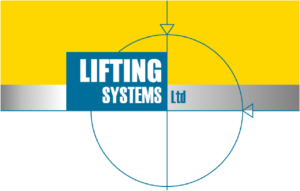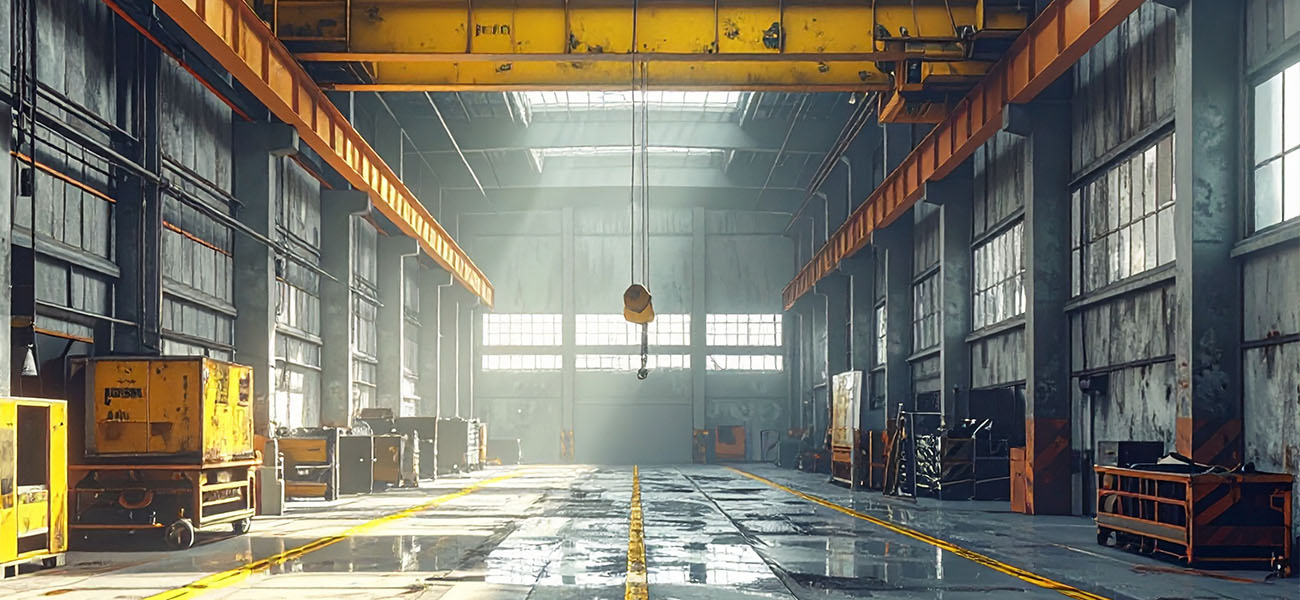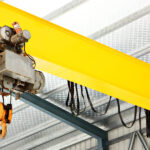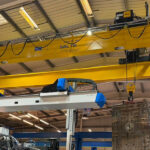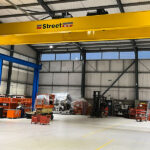When you think of overhead crane maintenance, it’s easy to focus on the immediate cost of a service visit or repair. But what often goes unnoticed is the cost of not maintaining your lifting systems, the downtime that halts production, delays orders, and strains operational efficiency.
Regular, proactive overhead crane maintenance isn’t just about compliance or safety. It’s a financial strategy that protects your productivity, assets, and reputation.
The Real Cost of Downtime
Unplanned downtime can quickly become one of the most expensive problems in a manufacturing or warehouse environment. Negligence in routine overhead crane maintenance can bring an entire production line to a standstill, leaving labour idle, deliveries delayed, and contractual deadlines at risk.
Even without exact figures, it’s easy to see the scale of the impact:
- A mid-sized production facility can lose thousands of pounds per hour during downtime.
- Emergency repair work often costs three to five times more than planned maintenance.
- Reputational damage from missed delivery schedules can have long-term financial effects that far exceed the initial repair cost.
In short: when your overhead crane stops, your business stops.
Repair vs. Replacement: Finding the Balance
Sometimes, when a repair quote arrives, it seems high compared to the perceived value of the machine. But the real question isn’t “How much is the repair?” — it’s “What does downtime cost me?”
- Repairing: If your equipment is still within its service life, regular repairs and component replacements often offer the best value.
- Replacing: When breakdowns become frequent or performance drops significantly, the total cost of ownership, downtime, repair bills, inefficiency, may outweigh the cost of a new system.
A qualified inspection from an experienced provider like Lifting Systems can help assess this balance, ensuring your decision protects both operational uptime and long-term ROI.
Preventative Maintenance = Predictable Costs
Regular, scheduled overhead crane maintenance means fewer surprises and more control over your budget. Planned inspections allow small issues like worn hoist ropes, faulty limit switches, misaligned rails to be identified and resolved before they escalate into expensive failures.
The result:
- Reduced emergency call-outs
- Consistent productivity
- Safer working environments
- Predictable expenditure
Preventative maintenance turns unpredictable downtime into planned, efficient scheduling that fits around your production, not the other way around.
Partnering with the Right Service Provider
Whether managing one crane or an entire fleet of overhead cranes, partnering with a reliable maintenance provider makes all the difference. At Lifting Systems, our service teams provide end-to-end support — from inspections and breakdown response to upgrades and modernisation — helping businesses across the UK maintain consistent uptime and safety standards.
Protect your investment, not just your equipment.
Explore how our Overhead Crane and Maintenance Support services can keep your operation efficient, compliant, and ready for growth.
FAQs
1. How often should overhead cranes be maintained?
Most overhead cranes should undergo a thorough inspection at least once a year, with interim checks based on usage, load cycles, and working environment.
2. What are the benefits of preventative crane maintenance?
It reduces unexpected breakdowns, lowers repair costs, extends equipment life, and minimises production downtime.
3. How do I know when it’s time to replace my crane?
If your crane requires frequent repairs or downtime exceeds maintenance intervals, a replacement or modernisation may offer better long-term value.
4. Can regular maintenance improve safety?
Yes — routine inspections identify faults that could cause accidents or failures, helping ensure compliance with LOLER and PUWER requirements.
5. Who provides overhead crane maintenance in the UK?
Lifting Systems offers nationwide crane maintenance, inspection, and repair services, supporting businesses with safe and efficient lifting operations.
